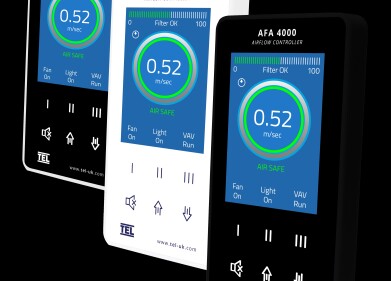Laboratory products
What Are the Rules for Sample Transportation?
Feb 26 2022
From human serum and cultures of blood borne viruses to biological agents and wastewater, different sample types are subject to different transportation regulations. Below, we take a closer look at some of the rules for sample transportation, covering local, national and international examples.
International Organisation for Standardisation (ISO)
The ISO published standards for a wide range of industries and sectors, including sample transportation. Standards cover a myriad of specialised areas, ranging from biology to medicine. For example, ISO 10381-6:1993 offers guidance on best-practice transportation and storage conditions for soil samples collected for aerobic microbial analysis. ISO 15189:2012 is specific to medical laboratories and offers guidelines on sample transportation procedures for human samples. Depending on the type of sample being transported, standards may be complex and austere or relatively simple and straightforward.
National departments for transport
Transporting samples by road or rail is regulated by national authorities in most countries. In the UK, the Department for Transport offers guidance to testing laboratories and other facilities handling patient specimens in the UN 3373 Biological Substance Category B document.
The rules cover all bases and state “packaging shall be of good quality, strong enough to withstand the shocks and loadings normally encountered during carriage, including transhipment between cargo transport units and between cargo transport units and warehouses as well as any removal from a pallet or overpack for subsequent manual or mechanical handling.”
These strict rules have led to the creation of companies dedicated to sample transport solutions. UK-based company Alpha Laboratories is just one of many companies offering sample transport packaging products that meet UN 3373 regulations.
International organisations and bodies
In Europe, overland transport of some samples and specimens must meet requirements laid out in the Agreement for the International Carriage of Dangerous Goods by Road (ADR). The agreement was launched in 1957 and outlines specific packing, handling and transport instructions for scientific samples.
For samples travelling by ship, rules enforced by the International Maritime Dangerous Goods Code apply. Samples travelling by air are subject to technical instructions published in the Safe Transport of Dangerous Goods by Air.
Clinical Laboratory Improvement Amendments (CLIA)
Many countries enforce their own rules when it comes to sample transportation, including the United States. Under Clinical Laboratory Improvement Amendments of 1988 (CLIA) regulations, all US facilities testing and transporting human specimens must meet these strict federal standards. The CLIA is backed by the Centers for Disease Control (CDC), another highly respected and influential industry body.
Sample transportation is a complex and multifaceted field with a constellation of factors to consider depending on the unique characteristics of the specimen. Find out more in our complete guide, ‘Sample Transportation in Laboratory Explained’.
Digital Edition
Lab Asia 31.6 Dec 2024
December 2024
Chromatography Articles - Sustainable chromatography: Embracing software for greener methods Mass Spectrometry & Spectroscopy Articles - Solving industry challenges for phosphorus containi...
View all digital editions
Events
Jan 22 2025 Tokyo, Japan
Jan 22 2025 Birmingham, UK
Jan 25 2025 San Diego, CA, USA
Jan 27 2025 Dubai, UAE
Jan 29 2025 Tokyo, Japan



















